Key Takeaways
- Home bakers can sell certain non-hazardous baked goods directly to customers under current rulings.
- Measure water activity or pH and avoid high-risk fillings like creams and custards.
- Direct sales options include market stalls, events, pick-up, CSA boxes, and in-state mail order.
- Use clear labeling: disclosure, ingredients, allergens, contact, and production date.
- Wholesale and interstate sales may require extra licensing or carry legal risk.
What this Ultimate Guide Covers for Wisconsin Home-Baked Goods Entrepreneurs
This guide gives entrepreneurs clear, usable steps for turning home baking into a small, compliant business in the state. You’ll get plain-English information on which products qualify and why moisture and acidity matter.
Topics include a simple roadmap to cottage food rules, how to test water activity (Aw ≤ 0.85) and pH (≤ 4.6), and practical labeling tips based on the Pickle Bill model.
- Where you may sell directly: home pick-up, farmers’ markets, events, CSA boxes, and in-state mail order.
- Which baked goods commonly qualify and which should stay out of a home operation.
- Record-keeping, startup checklist, training suggestions, and insurance basics for peace of mind.
“Clear labels and simple safety checks protect customers and help your small operation grow.”
| Topic | Why it matters | Action |
|---|---|---|
| Product safety | Moisture and acidity determine risk | Test Aw/pH or choose low-risk recipes |
| Sales channels | Direct in-state sales are safest | Use markets, pickups, and in-state mail only |
| Labeling | Builds trust with customers | Include disclosure, ingredients, allergens, contact |
| Next steps | Keep records and get basic training | Follow checklist and consult labs or support groups |
Understanding “Not-Potentially Hazardous” Baked Goods and Food Safety
Start with the numbers: Two simple tests tell you whether a home-made item is low risk. Water activity (Aw) at or below 0.85 and pH at or below 4.6 greatly reduce the chance of pathogen growth.
Many plain cookies, muffins, and basic breads meet these thresholds and qualify as low-risk cottage food products. By contrast, moisture-rich quick breads (banana or zucchini), cream fillings, and custards usually become potentially hazardous and need extra controls.
How to verify recipes
If a recipe sits near the cutoff, get it tested. UW Extension lists local labs that measure Aw and pH. Testing gives solid proof your products meet safety requirements.
Product vs service: what you can sell
You may sell whole items or slices that are pre-packaged at home. On-site slicing and plating count as food service and often require a commercial kitchen and additional permits.
| Threshold | Low-risk examples | High-risk examples | Action |
|---|---|---|---|
| Aw ≤ 0.85 / pH ≤ 4.6 | Plain cookies, many muffins, basic breads | Cream-filled pastries, custard pies, meat-filled items | Test borderline recipes; package and label |
| Packaging & handling | Pre-packaged slices, sealed loaves | On-site slicing/serving | Keep prep at home; avoid on-site service |
| Verification | Lab-tested recipes | Untested, moisture-heavy items | Use UW Extension lab list; document process |
Tip: Document baking times, cooling steps, and ingredient ratios. Repeatable processes help you stay within safe limits and simplify troubleshooting for any product that drifts toward hazardous baked goods.
How Wisconsin’s Cottage Food Law Evolved and What It Means Today
The legal picture changed in stages, and those shifts matter for anyone selling from home.
In May 2017, a Lafayette County court ended enforcement of licensing for sellers of non-potentially hazardous items. That decision removed the prior ban and opened the door to direct retail from home without a processing license.

Key court milestones
In December 2022, a later ruling broadened the permitted list. Judges cleared additional products such as fudge, rice krispies, and roasted coffee for direct sale. That gave small producers more menu options while still keeping safety limits in place.
Pending bills and possible changes
Two proposed measures—AB 897 and SB 813—would add sales caps ($20,000 and $25,000) and a registration trigger at $2,000 annual revenue. If passed, these would affect growth plans, record keeping, and whether you must register with DATCP.
Sales channels and interstate caution
Wholesale and interstate shipments remain uncertain and risky. For now, the safest route is direct, in-state retail: market stalls, pickups, events, and mail within the state.
“Refer to the Institute for Justice materials and the letter written erica smith for clear guidance on the legal framework after the successful lawsuit lifting the ban.”
| Event | What changed | Practical impact |
|---|---|---|
| May 2017 court ruling | Lifted enforcement of licensing for non-potentially hazardous sellers | Allowed direct home sales without a food processing license |
| Dec 2022 decision | Expanded allowed products (fudge, rice krispies, roasted coffee) | More product flexibility while keeping safety limits |
| AB 897 / SB 813 (proposed) | Sales caps and registration thresholds | Could limit growth and require annual reporting |
| Interstate & wholesale | Still legally uncertain | Focus on in-state direct sales to reduce risk |
Wisconsin Micro Bakery Cottage food laws: What You Can Make, Where You Can Sell
Below are practical examples of safe baked items and the approved direct-sales channels you can use from home.
Allowed products: Many plain cookies, simple cakes, basic yeast and quick breads, and dry mixes usually qualify as not-potentially hazardous items. The 2022 ruling also named treats such as fudge, rice krispies, and roasted coffee among acceptable products.
Prohibited or risky items: Avoid cream-filled pastries, custard pies, meat-filled pastries, and overly moist loaves like banana or zucchini unless lab testing proves safety. These are often classed as hazardous baked goods and require extra controls.
Where you can sell: Direct-to-consumer channels are the safe route. You may sell via home pick-up, farmers’ markets, community events, CSA boxes, and in-state mail order. Do not sell wholesale to cafés, retailers, or for resale—those sales move into retail or service rules and can trigger licensing.
- Pre-slice and package at home; avoid on-site slicing or plating.
- Keep sales and shipments inside the state to reduce legal risks.
- Lab-test borderline items to confirm water activity or pH before offering them.

| Category | Typical examples | Action |
|---|---|---|
| Low-risk products | Plain cookies, basic cakes, dry mixes | Sell directly; label ingredients and allergens |
| Borderline items | Moist quick breads, cream-adjacent treats | Get Aw/pH testing before sale |
| Not allowed for resale | Wholesale to grocery or café | Keep to direct consumer sales only |
“Build a menu around low-risk classics, document processes, and keep sales direct to protect customers and your small operation.”
Labels, Disclosures, and Business Essentials to Stay Compliant
Clear labels and tidy records protect customers and your small operation. Use simple, consistent wording on every package so buyers know what they are buying and how to reach you.
Recommended label statements and allergens:
- Include this disclosure: “This product was made in a private home not subject to state licensing or inspection.”
- List all ingredients in descending order and note the top nine allergens: milk, eggs, fish, crustacean shellfish, tree nuts, wheat, peanuts, soybeans, and sesame.
- Add your name or business name, clear contact information, and the production date.
Tracking batches, dates, and sales:
Keep a batch log with recipe version, oven times, and batch dates. Record where and when each item sold and keep receipts.
These notes help you trace any complaint and show you meet basic requirements for a small cottage food business.
Contact information and resources
For testing and guidance, contact UW Extension labs for Aw and pH checks and consult the Wisconsin Farmers Union for small business support.
“Keep a copy of the Institute for Justice letter to clarify your legal footing if asked.”
| Action | Why it matters | Quick tip |
|---|---|---|
| Label clearly | Builds trust and safety | Use readable fonts and templates |
| Log batches | Speeds response to issues | Note recipe, date, and location sold |
| Keep contacts | Access tests and resources | Save lab and union contact info |
From Kitchen to Customers: Startup Steps, Training, and Insurance
Before baking for customers, confirm local permits and choose items you can make safely and repeatedly. Start with a quick call to city or county offices to check home-business zoning and any neighborhood rules.
Getting started today
Pick compliant products you can produce consistently in your kitchen. Prepare clear labels and a simple production plan that fits your oven, cooling space, and packaging routine.
Set up dedicated storage, a sanitation routine, and ingredient separation to lower cross-contamination risk. Keep pets and unrelated traffic away from production areas.
Food handler training
Training is not required, but a basic food safety course boosts customer trust and sharpens daily practices. Many short online courses cover hygiene, allergen handling, and safe storage.
Liability insurance and bonds
Liability insurance is highly recommended for every cottage food business. Compare small-business policies—some sellers use providers like FLIP—and consider a bond only as a limited alternative.
Keep emergency contact information handy: insurer, market manager, and local testing resources such as UW Extension. Good contact details help resolve claims or recalls quickly.
- Call local offices first, then select compliant items and prepare labels.
- Create a production schedule that matches your kitchen capacity and sales windows.
- Use training to signal professionalism and maintain strong food safety habits.
- Protect operations with tailored liability coverage and a plan for emergencies.
“Start small, document processes, and build trust through clear labeling and professional practices.”
Conclusion
Conclusion
Direct sales to consumers are possible when you focus on low-risk recipes, clear labels, and simple records.
Thanks to the successful lawsuit lifting the ban, the state now allows many non-potentially hazardous baked goods and named items like rice krispies, fudge, and roasted coffee. Keep labels that include a home-kitchen disclosure, full ingredients with allergens, contact details, and a production date.
Sell directly in-state and avoid wholesale or interstate shipments while the legal picture stays unclear. Watch proposed bills (AB 897 / SB 813) and use UW Extension labs, the Wisconsin Farmers Union, and the letter written erica smith as reference points.
Focus on safety, neat records, and steady customer communication to grow responsibly as a cottage food entrepreneur and keep consumers confident in your products.
FAQ
What kinds of home-baked goods can I legally sell from my kitchen?
You may sell low-risk baked items that are not potentially hazardous. Typical examples include cookies, dry muffins, certain breads, granola, and shelf-stable baked treats with low moisture. Avoid items with cream, custard, fresh fruit fillings, or moist quick breads unless you verify they meet safety thresholds for water activity (Aw ≤ 0.85) and pH ≤ 4.6.
How do I know if a recipe meets the safety thresholds for low-risk products?
Check water activity and pH. If your recipe has Aw ≤ 0.85 and pH ≤ 4.6, it’s generally considered low risk. When unsure, send samples to a food lab for testing—UW–Madison extension labs and local commercial labs can help. Keep test results and recipes on file for inspection or liability purposes.
Are there recent legal changes that affect home bakers?
Yes. A 2017 court ruling lifted the ban on selling home-baked goods, and a December 2022 decision expanded allowable products to include some items like fudge, certain rice treats, and roasted coffee. Proposed bills have suggested registration and sales caps, so stay informed about pending legislation that might change requirements or limits.
Can I slice, package, or sell ready-to-eat portions of baked goods on-site?
Selling whole, intact items directly to customers is the safest path. Slicing or repackaging on-site can increase contamination risk and may push a product into a regulated food service category. If you plan to alter the product, consult local regulators to confirm compliance.
Where can I sell my products legally?
Direct-to-consumer sales are the most straightforward: home pick-up, farmers’ markets, craft fairs, and in-state mail orders. Wholesale to retail stores or out-of-state sales may face additional regulations and are often restricted under current guidance.
Do I need a food handler certificate or formal training?
Training typically isn’t required by statute for many home-based low-risk operations, but it’s highly recommended. Food safety courses from local health departments or extension programs build consumer trust and reduce liability.
What labeling and disclosure requirements should I follow?
Labels should include product name, ingredient list, allergen declarations (milk, eggs, wheat, soy, tree nuts, peanuts, fish, shellfish), net weight or quantity, your contact information, and a clear statement that the product was made in a home kitchen if required. Honest labeling protects consumers and your business.
How should I keep records and track batches?
Maintain simple logs: product name, recipe version, production date, batch number, sales date, and customer contact when applicable. Record-keeping helps with recalls, traceability, and demonstrating compliance during inspections.
Is liability insurance necessary for a home-based baking business?
Insurance isn’t legally required in all cases but is strongly advised. General liability or product liability insurance can protect you from claims. Small business insurers and agencies that specialize in food businesses can offer tailored policies and guidance.
Can I ship baked goods across state lines?
Interstate sales remain a gray area and often trigger federal and destination-state regulations. For now, direct in-state sales are the safest route. If you plan to ship out of state, consult an attorney or your state agriculture department to confirm compliance with federal rules and the receiving state’s requirements.
What items are explicitly prohibited or high risk?
High-risk items include cream or custard fillings, meringue with unstable moisture, refrigerated cheesecakes, and very moist quick breads prone to spoilage. Wholesale distribution and large-scale production beyond allowed limits may also be prohibited without licensing.
Where can I find local resources and help?
Useful resources include the state farmers’ union, university extension services that offer lab testing and training, and your county health department for local rules. Legal counsel familiar with food regulations can clarify complex issues like proposed bills and interstate sales.
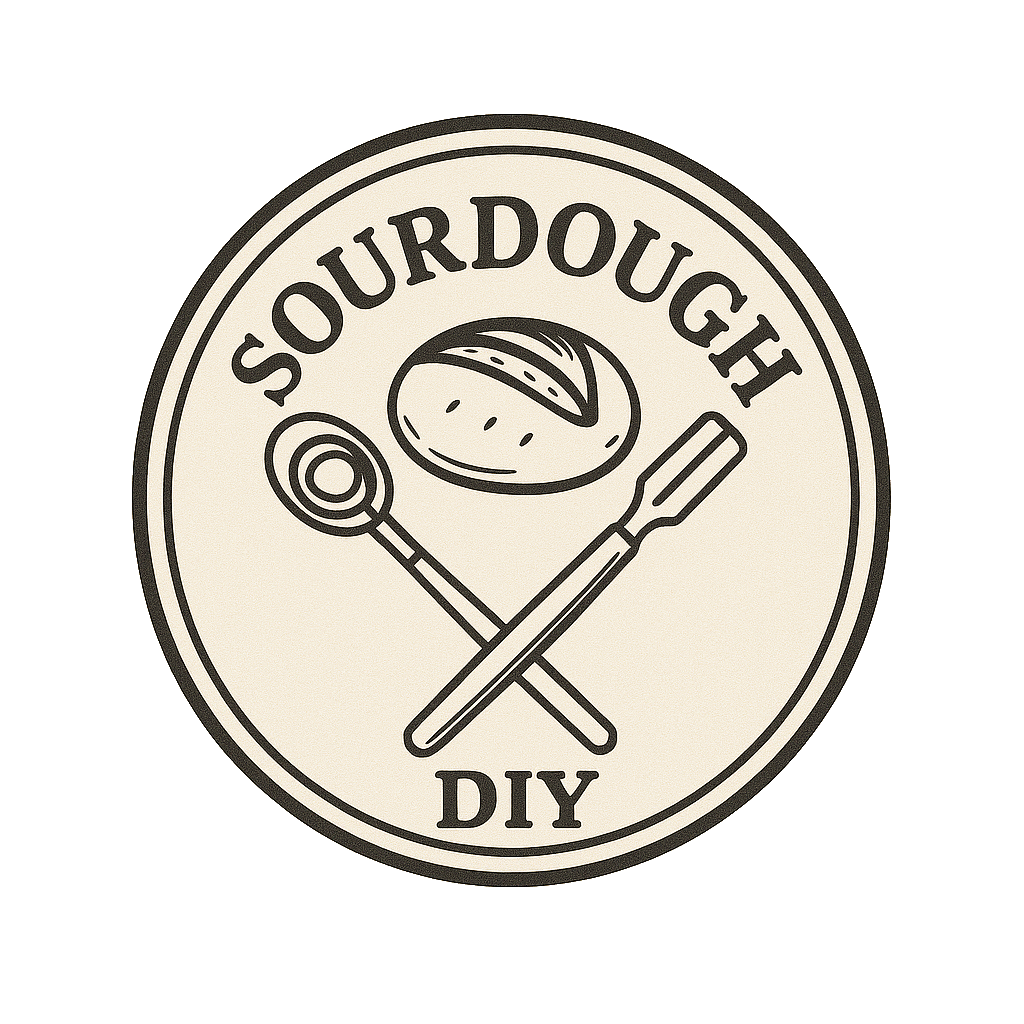
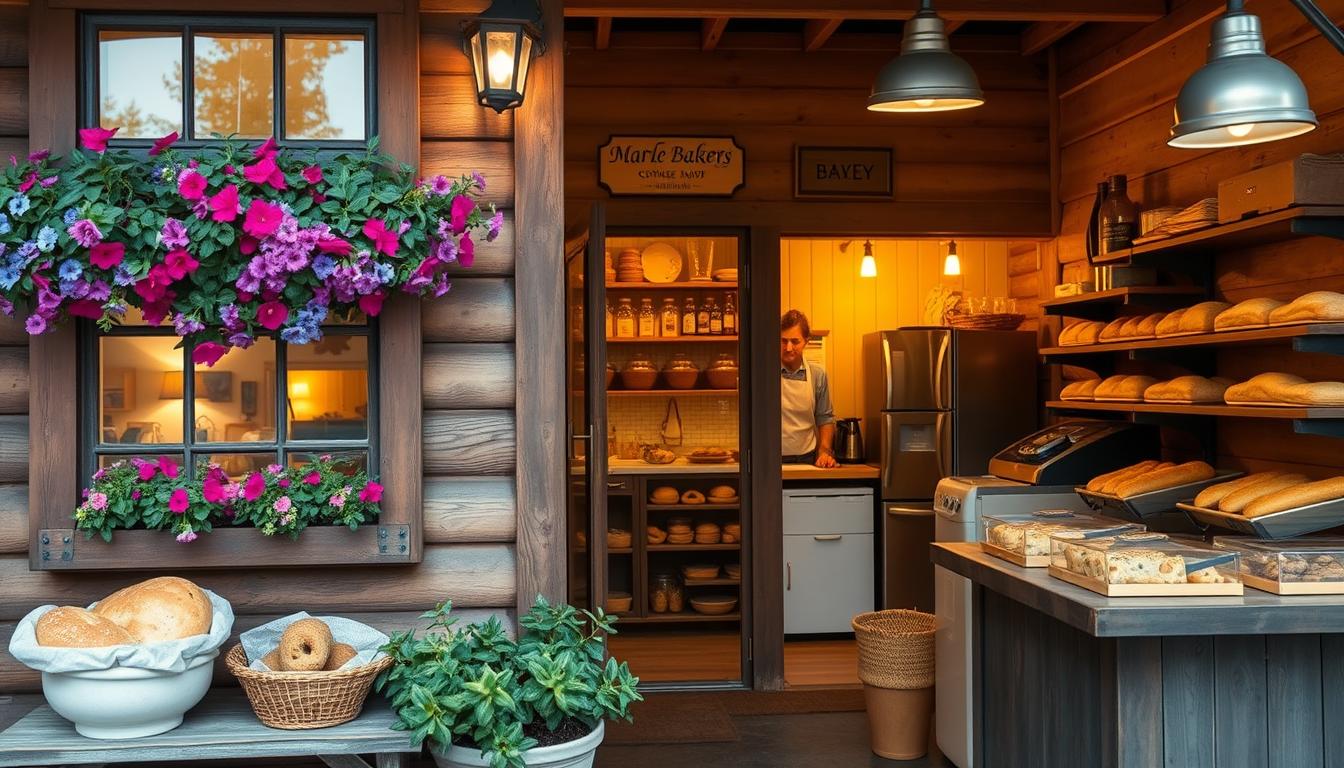
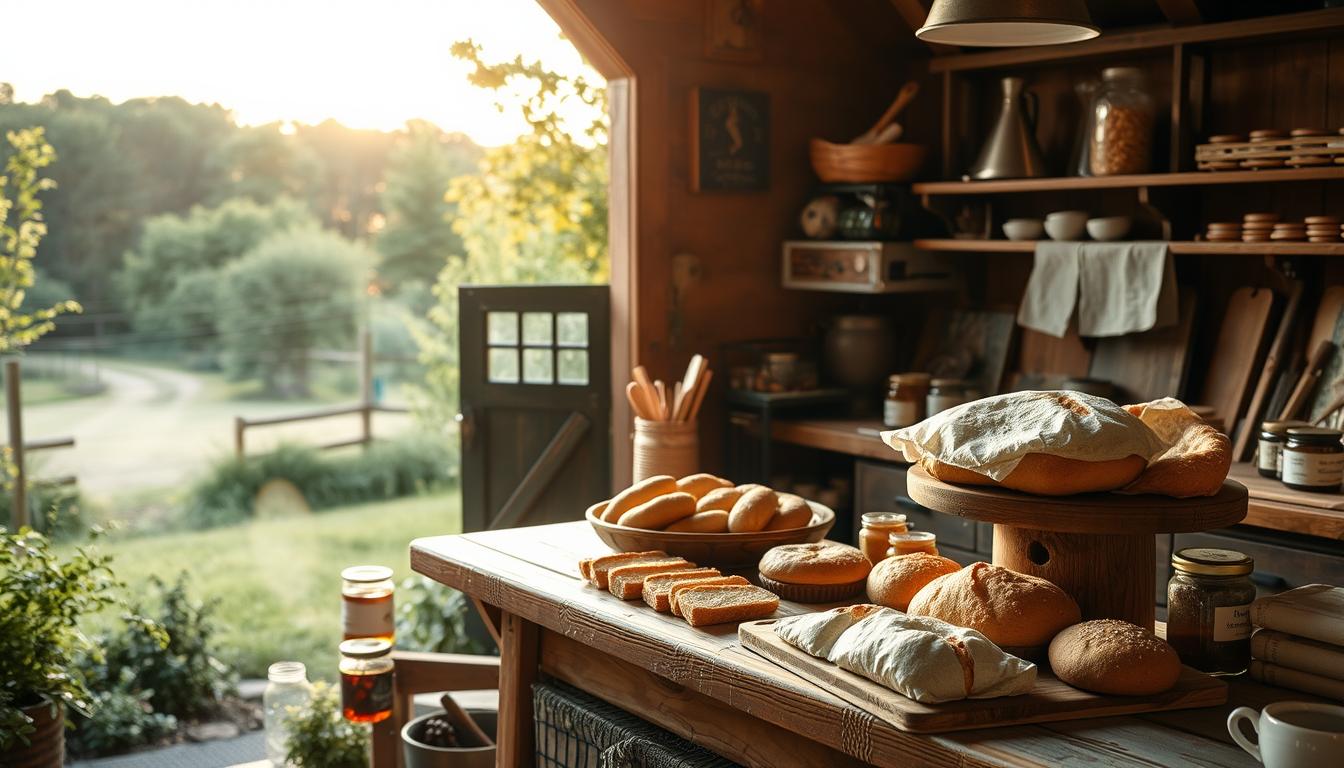
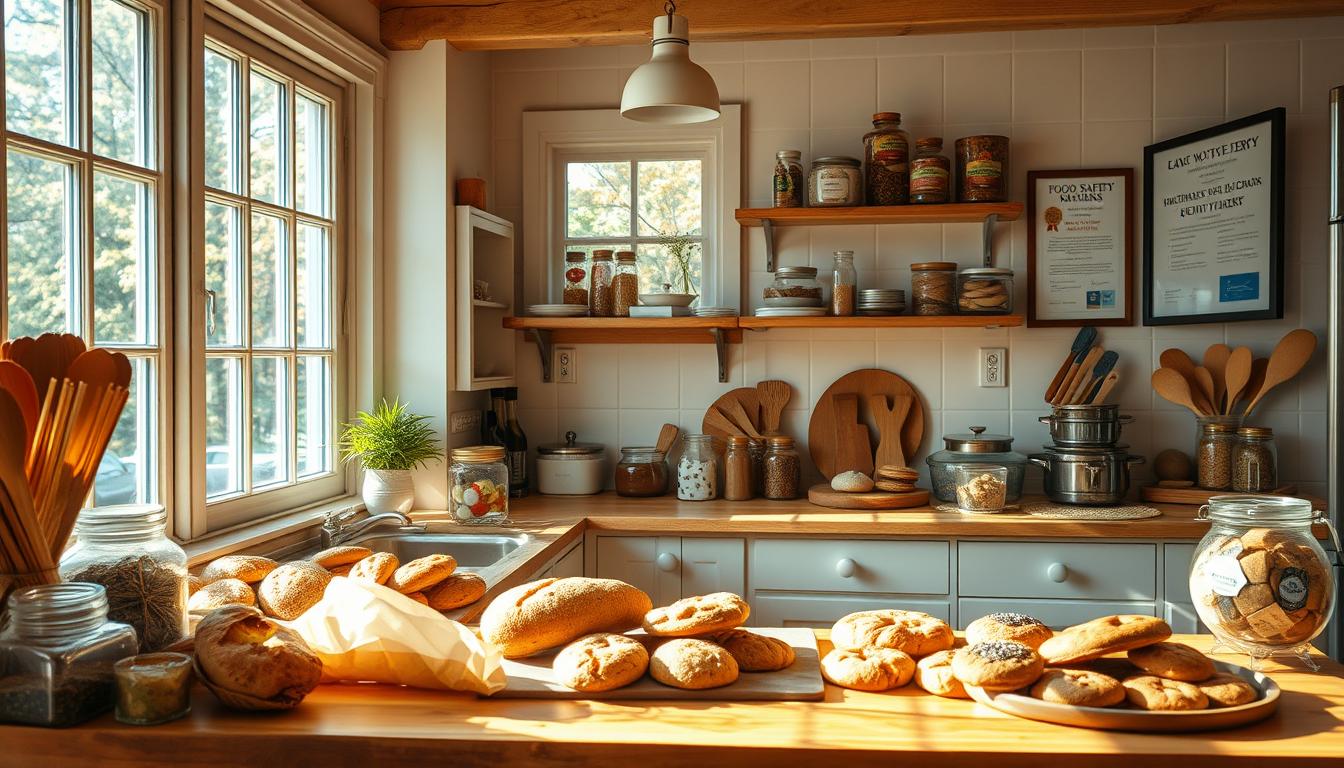
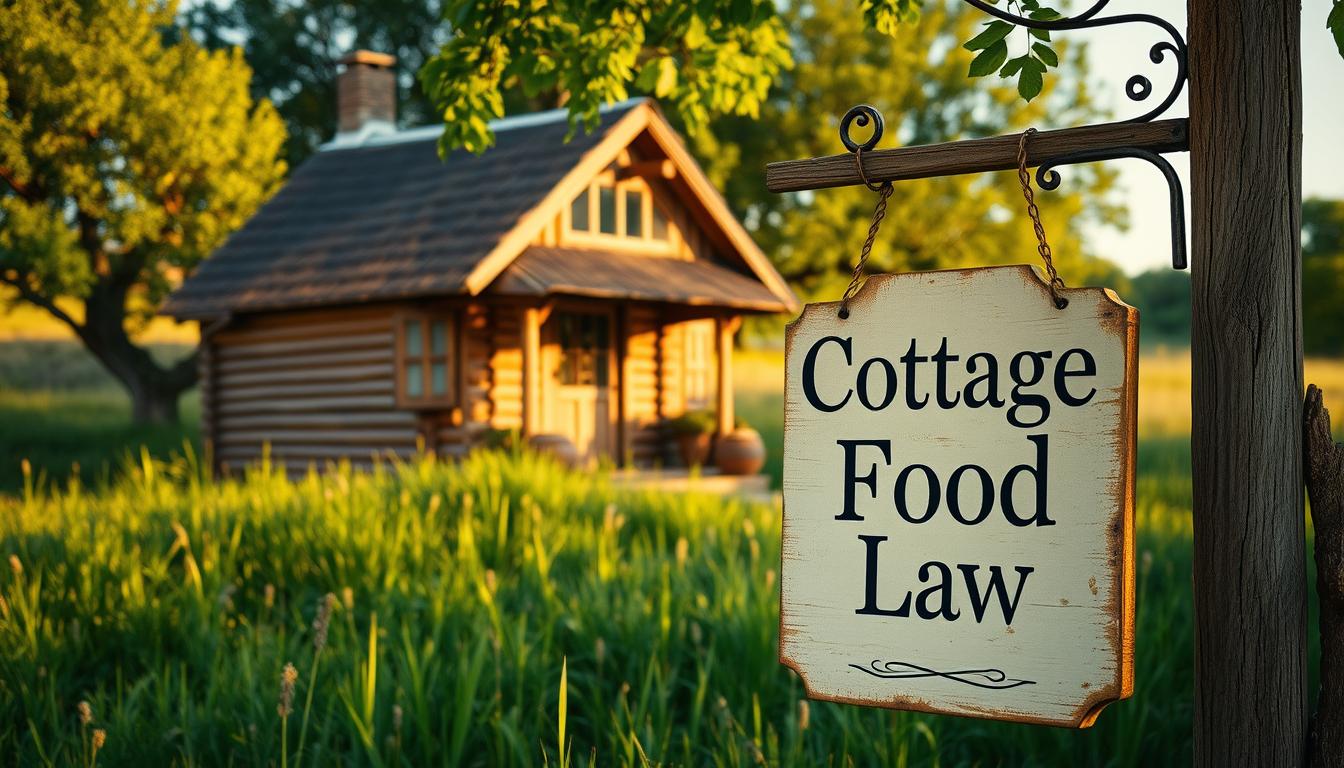
Leave a Reply